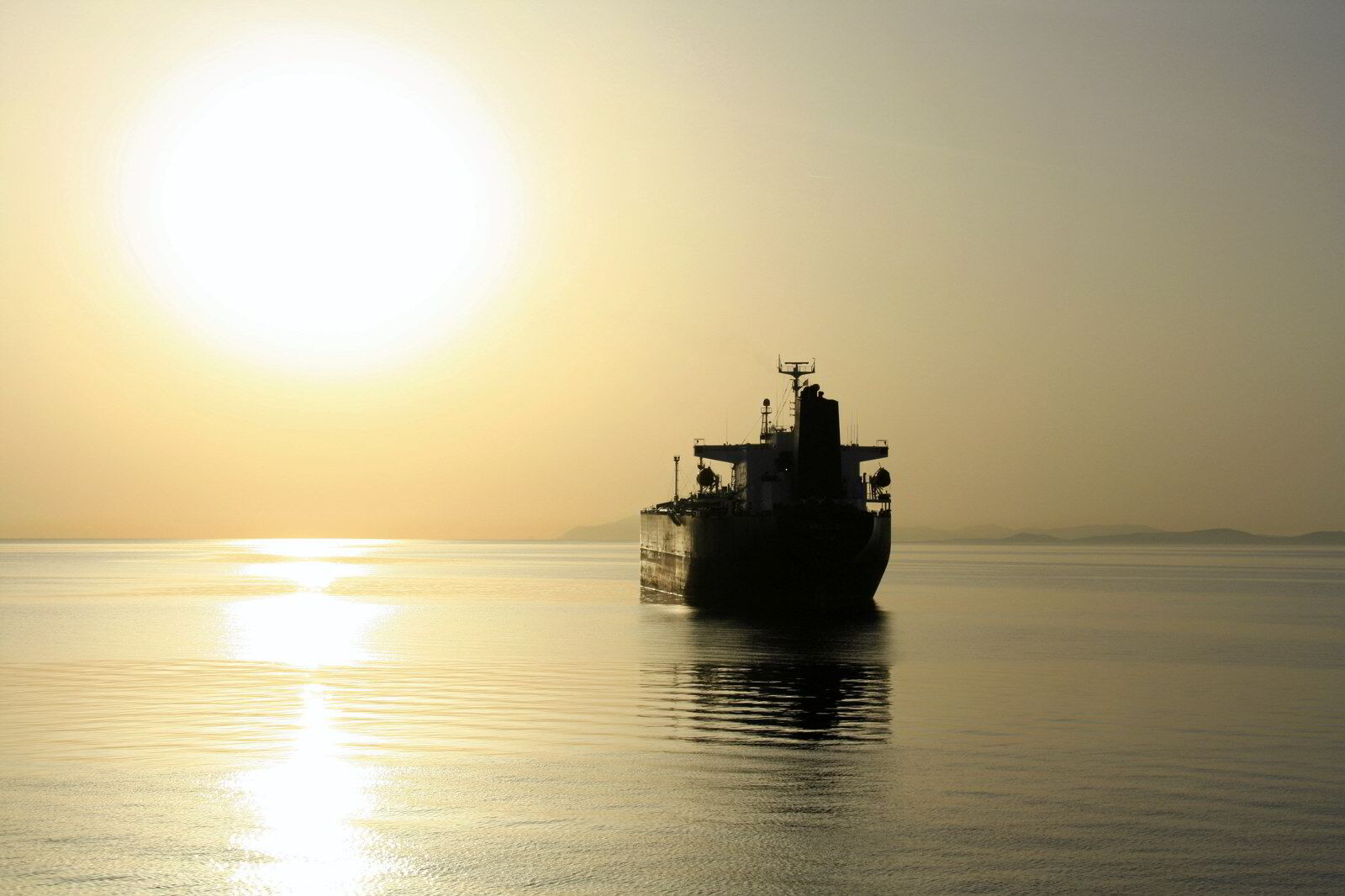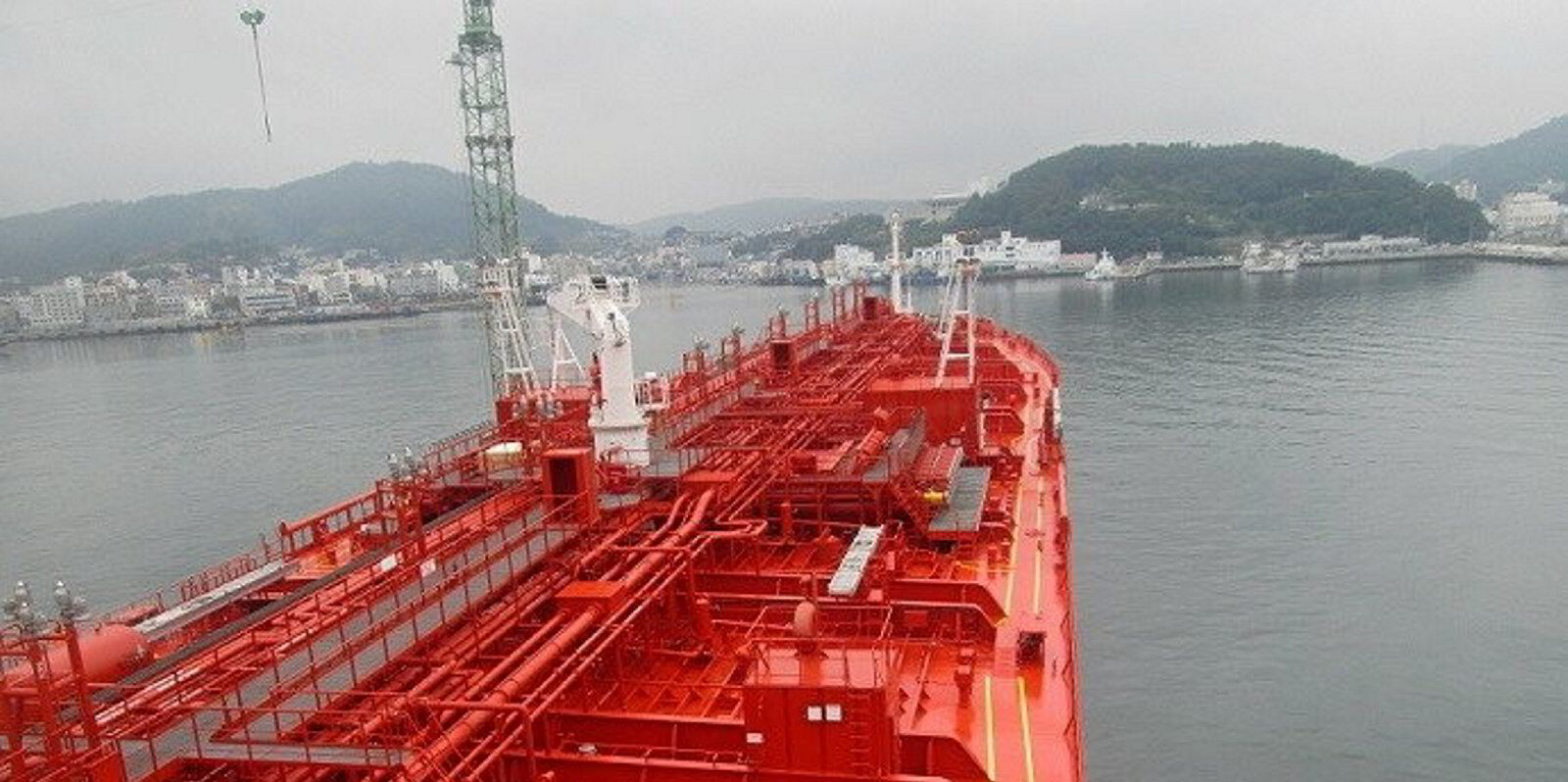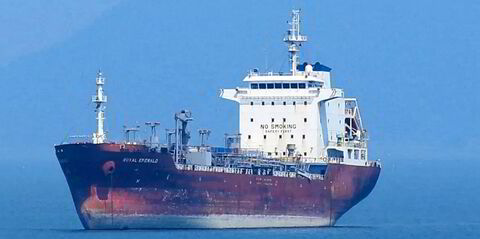Do not expect the tanker market to heat up thanks to a cold front on its way from China.
The northern hemisphere winter typically means a stronger market for the segment, but sentiment is downbeat as owners fret about weak rates and flagging demand as Chinese refiners find new, closer sources for their scant needs.
“Lacklustre oil demand from China has been a leading story in tanker markets this year,” Gibson Shipbrokers said in its weekly note, as rates across the sector sit lower than year-ago levels.
“The reasons cited behind the slowing demand growth are many, ranging from increased adoption of [electric vehicles] and LNG trucks, to a slowdown in industrial activity and consumer spending.”
Chinese imports have fallen by 440,000 barrels per day, year on year, and most recent deliveries appear headed to the national stockpile, the broker said.
And the deliveries that do come through are being sourced from nearer regions, probably taking a chunk out of tonne-miles, it said, noting that crude imports from locales west of the Suez Canal have fallen versus 2019 figures, while imports from points east have increased.
Russian cargoes are included in those west of Suez figures, which have climbed by 125,000 bpd so far in 2024 versus the same period five years ago, while Iranian imports have jumped from 360,000 bpd to 1.2m bpd in the same time frame.
Gibson said those cargoes would be carried on dark fleet ships, making it difficult to track impacts on the mainstream fleet.
“Flows from crude exporters west of Suez such as West Africa, Libya, the North Sea and Latin America have decreased sharply. Over half of the decline stems from West Africa, of which much is attributable to a decline in production,” it said.

BRS Shipbrokers pointed to refinery margins and utilisation as the causes for the lower imports.
High oil prices plus tepid demand means refiners are producing less, harming crude and product tankers, it said.
The trend has held rates below expected levels across the board.
Although VLCCs rates have risen over the past two weeks, with the Baltic Exchange’s time charter equivalent assessment hitting $36,281 per day, suezmax rates have cratered over the last month, falling by more than 42% to $24,352 per day.
Aframaxes spent most of late October and early November sliding, hitting $24,445 per day, according to the Baltic Exchange, before jumping to $27,466 per day in recent days.
Meanwhile, LR1 and LR2 rates remain below $20,000 per day on all routes assessed by the Baltic Exchange, and its Atlantic and Pacific MR baskets are below year-ago levels.
Near-term bright spots are hard to come by too, BRS said, as refinery economics need to improve before Chinese refiners begin increasing production and take advantage of the hefty export quotas afforded to them by Beijing.
Refiners also do not seem to be front-loading their imports to get US-origin crude into the country ahead of President-elect Donald Trump’s expected tariff programme.
BRS said contango might still be a positive, but not until after the new year. A dark fleet crackdown could help, but could also hurt if it were “broad or clumsy”.
“It appears as though few of these can be relied upon to inject extra tanker demand into markets by end-2024,” it said. “This suggests that this winter could become a winter of discontent for tanker owners across the globe.”




